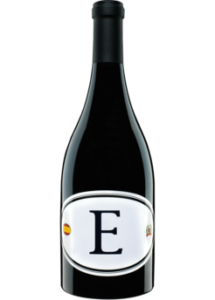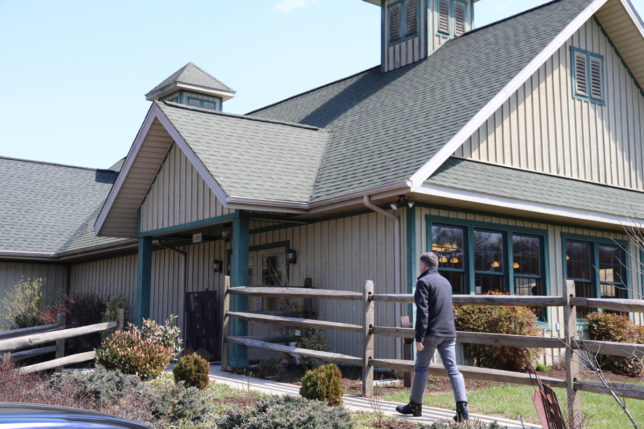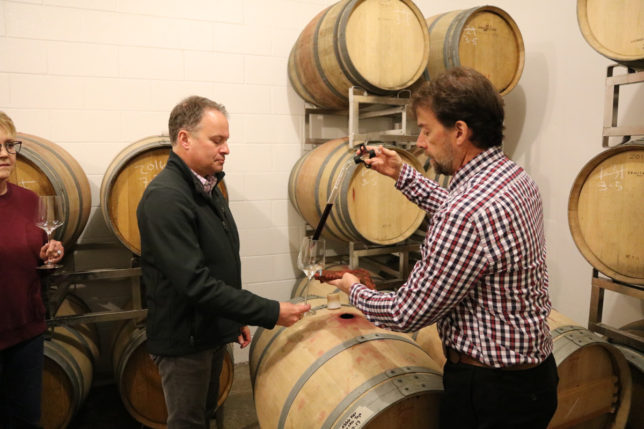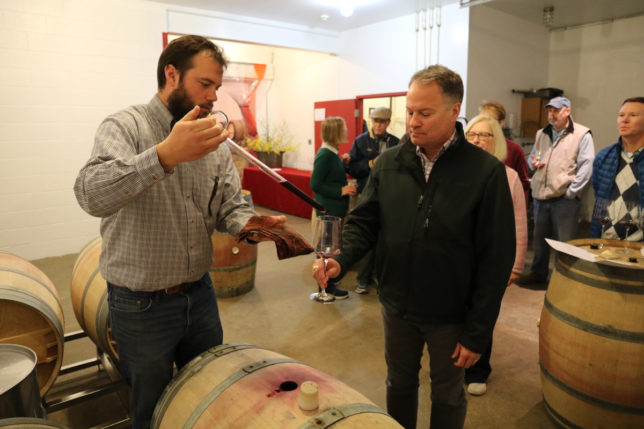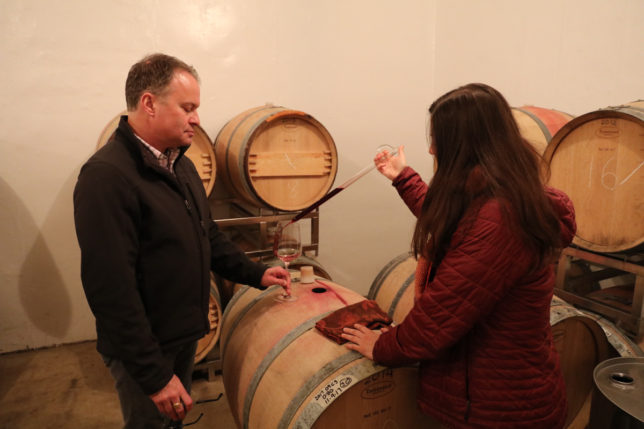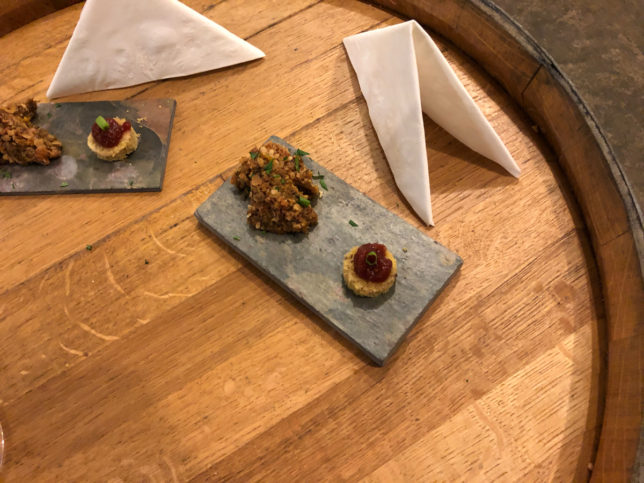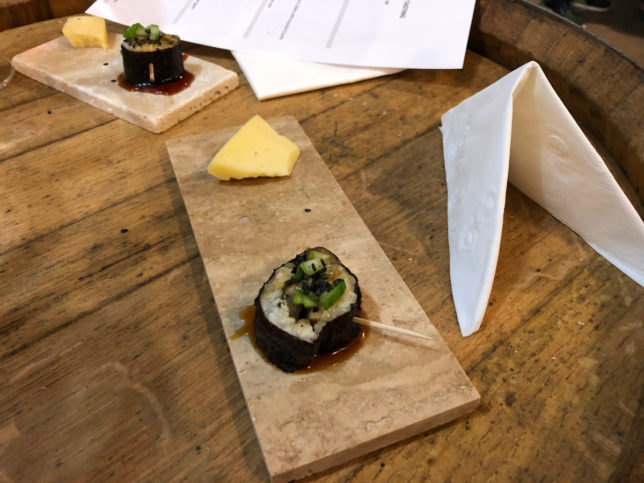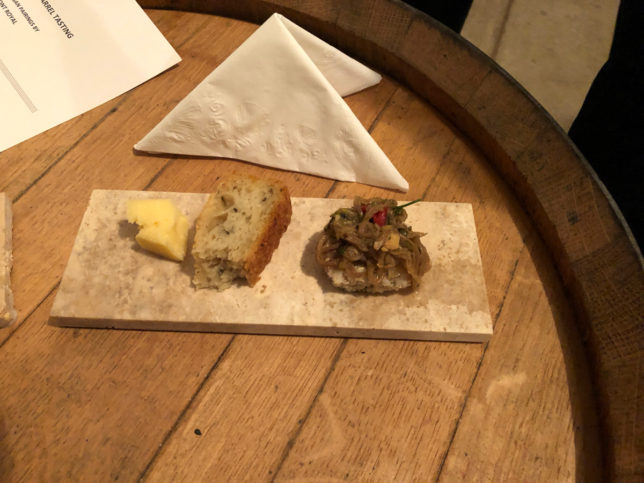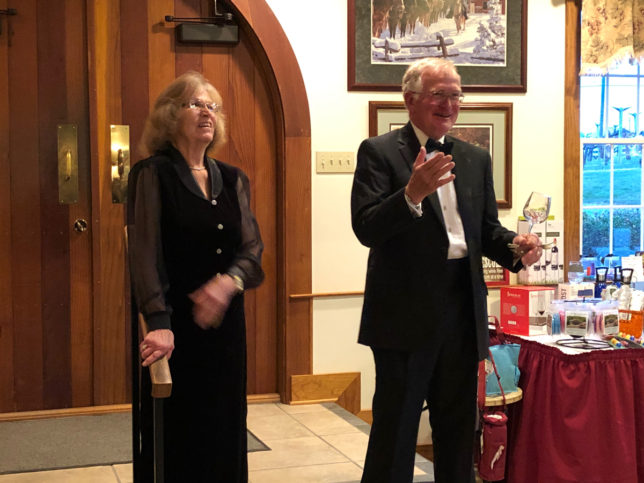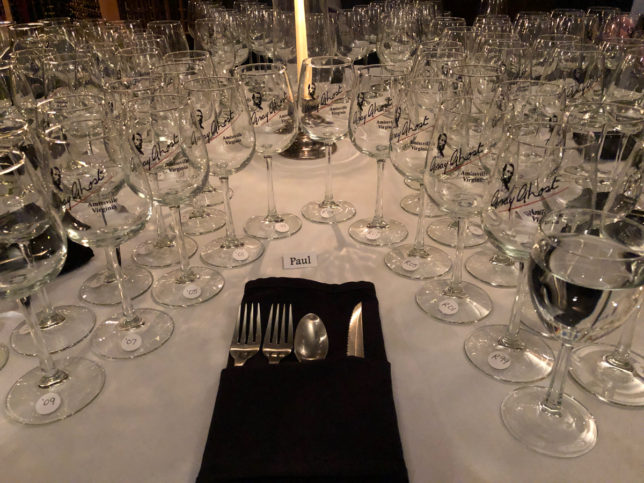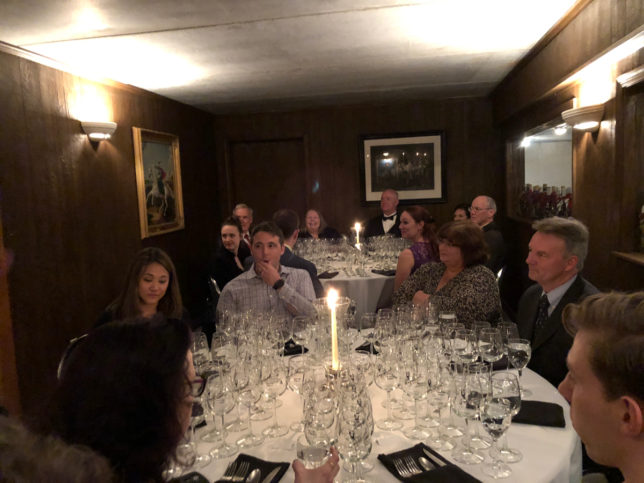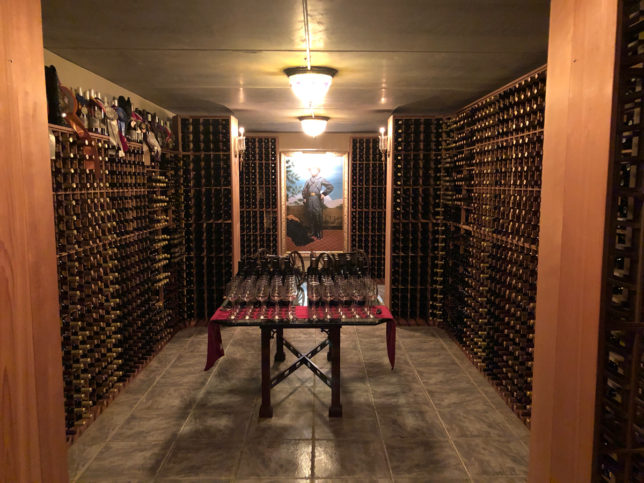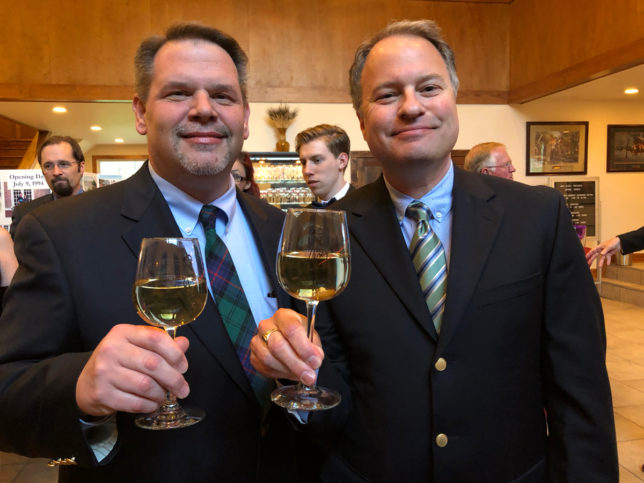October is Virginia Wine Month, and readers may want to consider joining the club at their favorite winery or wineries. Paul and I do belong to a few Virginia wine clubs, and we can attest to some of the benefits of club memberships. Here are some of them:
Flexibility—-Most wineries offer membership levels to make them affordable and/or convenient. For example, I prefer club memberships that offer a one case requirement and then you are “in”! Some wineries offer monthly or quarterly purchase requirements while others offer options that include all of the above.
Benefits—-The best memberships offer exclusive benefits such as the use members’ only (and usually quieter) quarters, exclusive members’ only wines, discounts on tastings, wine purchases and winery events such as barrel tastings, dinners, and concerts.
Experience—-Wine club members usually get to sample club wines poured by an educator who is dedicated to providing a quality experience. We appreciate the extra time given to us by educators who can answer our pesky questions about vineyard sites, microclimates, harvest experiences, etc. We are even treated to mini-verticals at times, and these allow us to know whether to drink now or hold on the wine rack!
Examples:
Warren: I renewed my case club membership to Slater Run Winery. The winery does offer a quarterly option; however, I like the convenience of the “one case a year option.” A case of wine allows me to appreciate the excellent skills of winemaker Katel Giraud whenever I like. I enjoy free tastings and discounts on purchases; furthermore, I get ample notice of winemaker’s dinners and other winery events. My recent case included the excellent dry Rose, old-world style Chardonnay, and the complex Bordeaux blend called Roots!
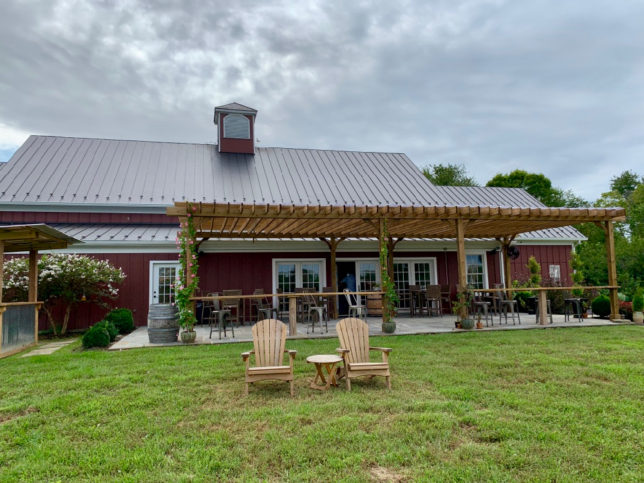
Paul: I’ve been a club member at Breaux Vineyards since 2006. I appreciate getting sneak peaks of wines that are released to club members first. Each quarter we get three wines that represent a the best of Breaux wines. Breaux has several vertical wine tasting events each year and we always enjoy attending a few of them. And the wine club pick-up parties are always fun!
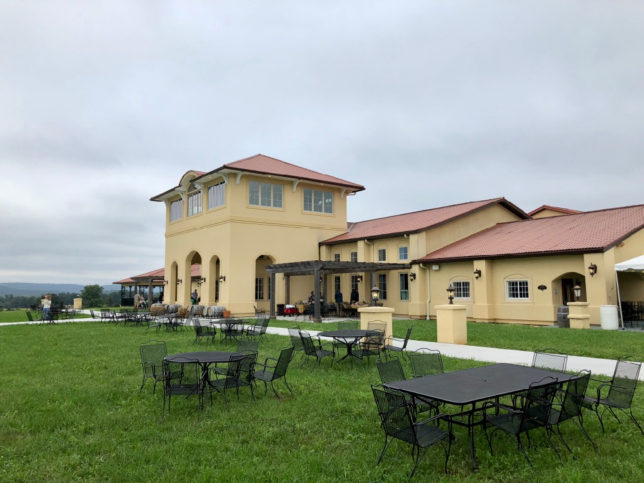
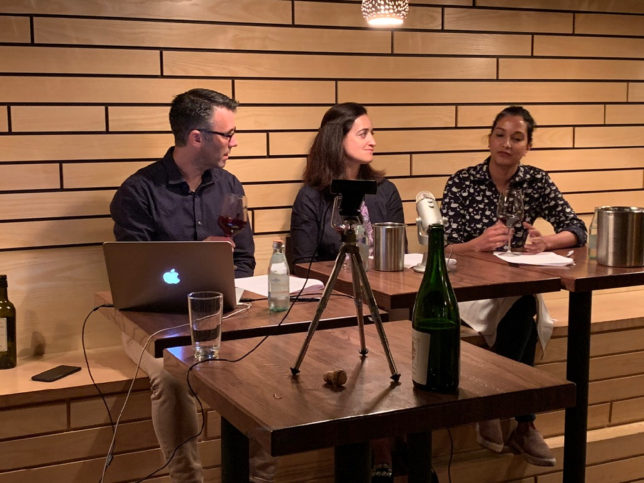
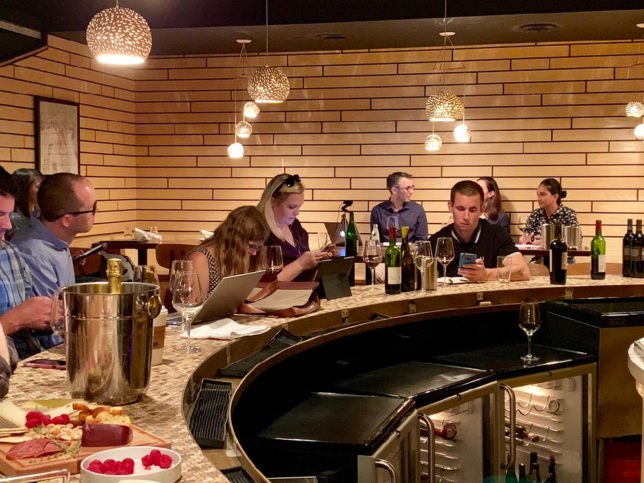
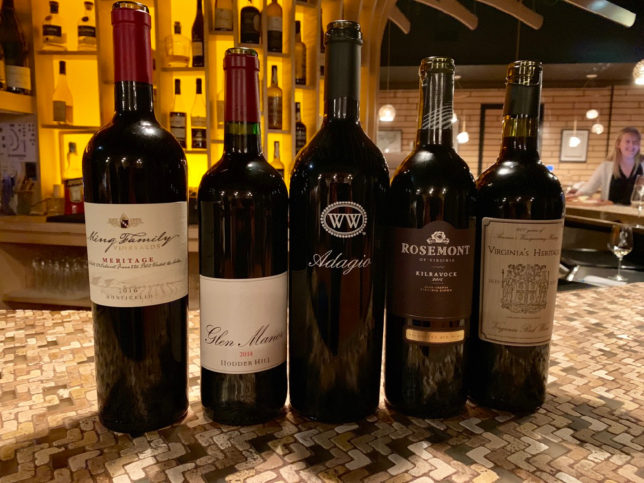
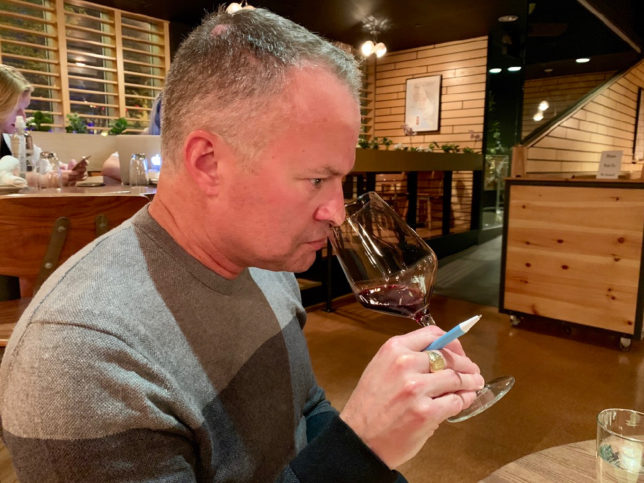
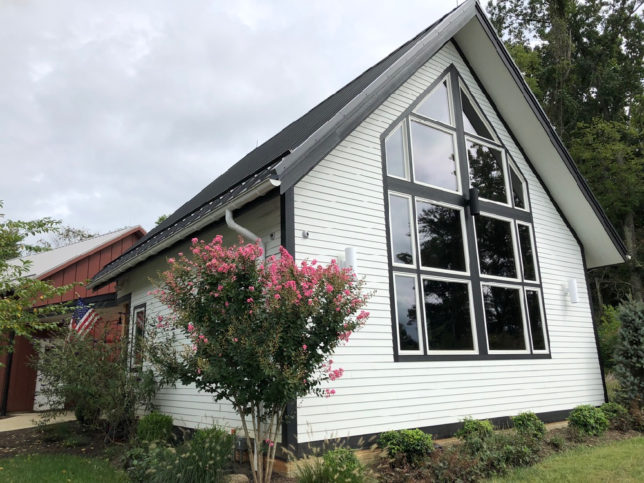
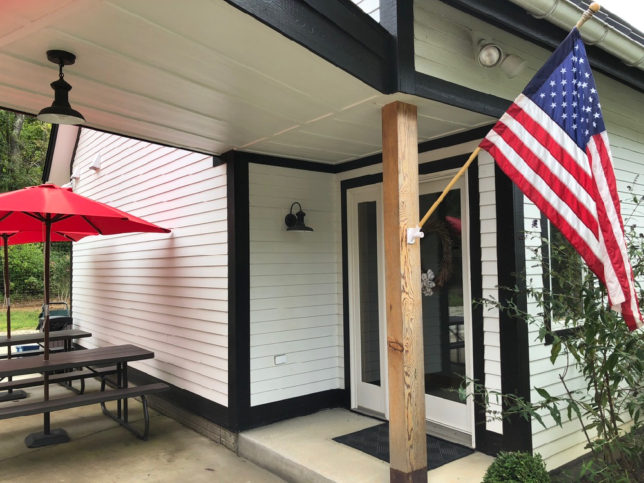
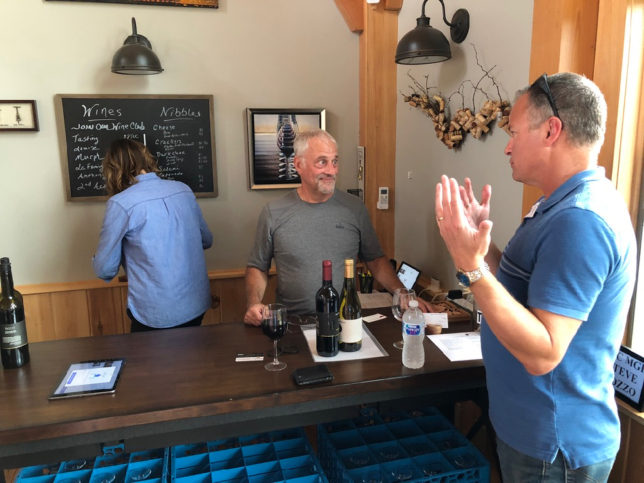
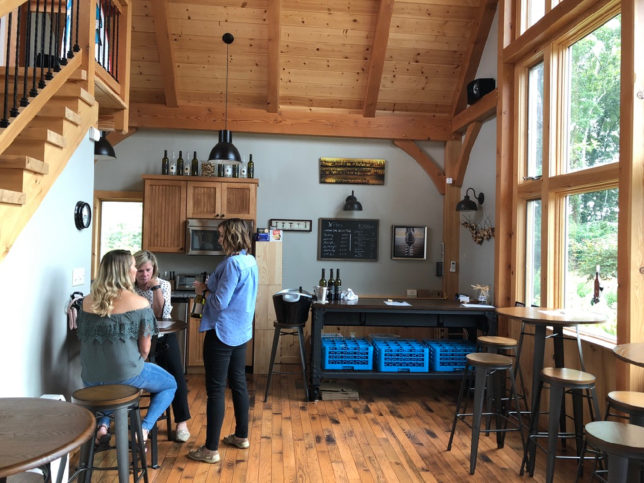
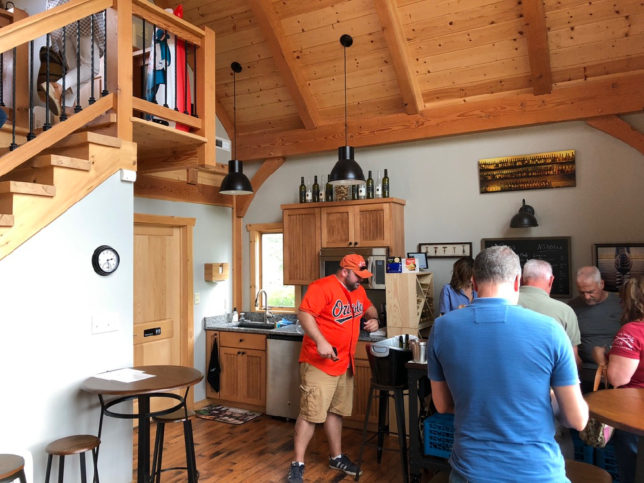
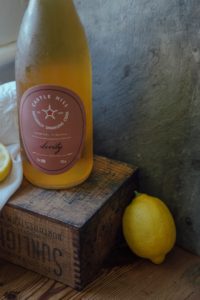
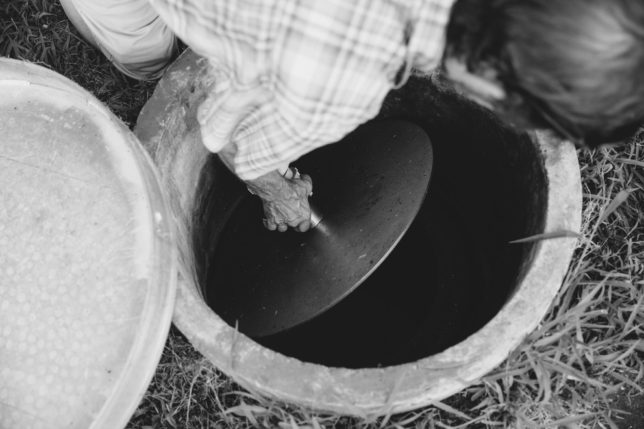
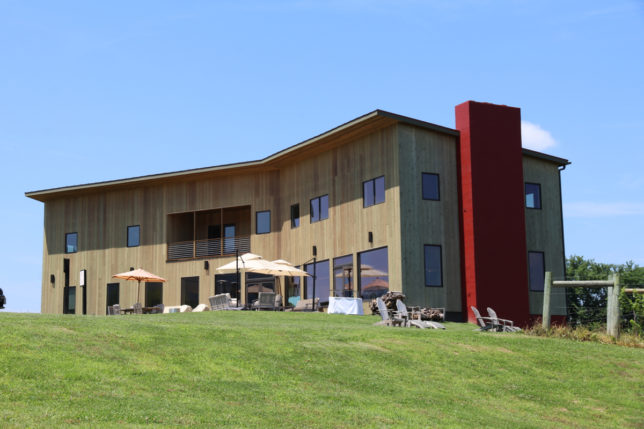
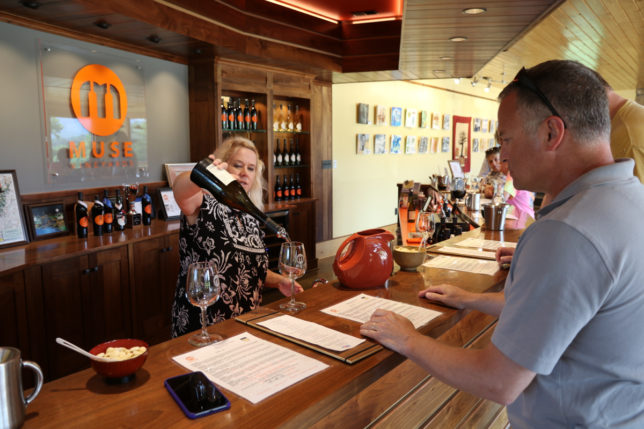
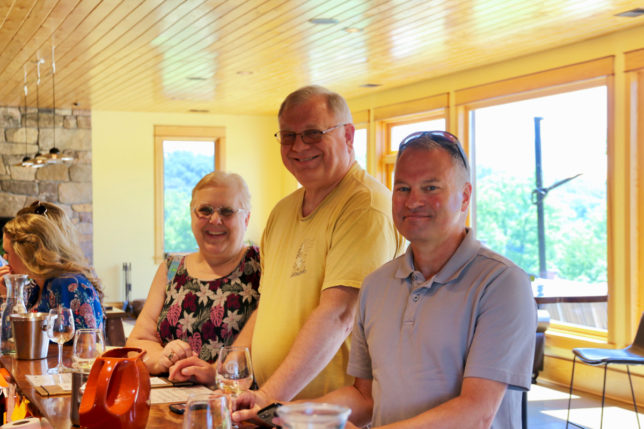
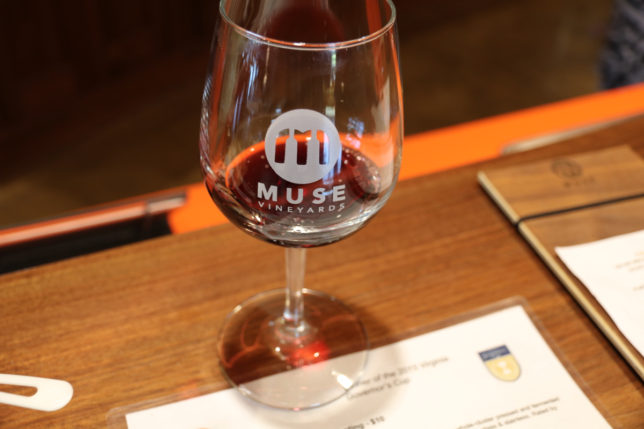
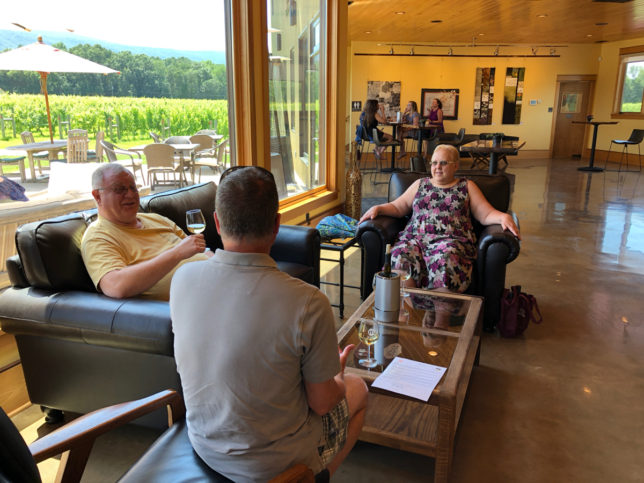
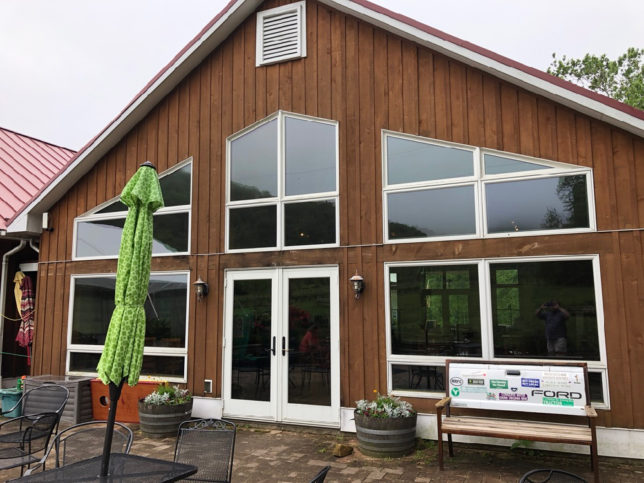
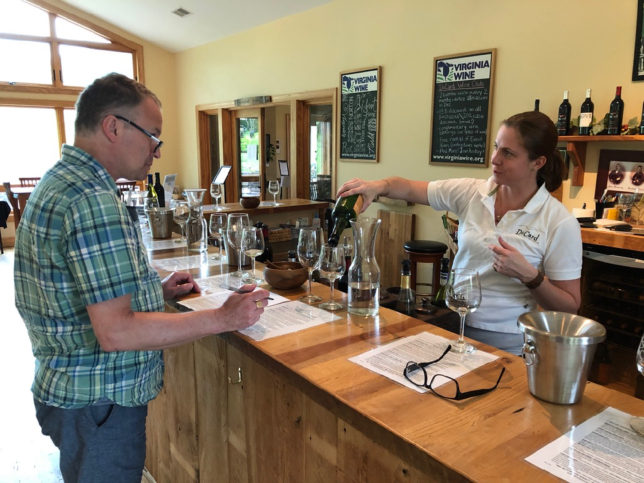
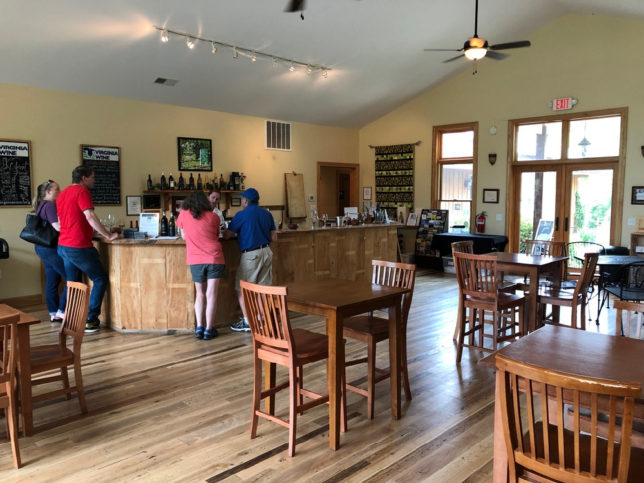
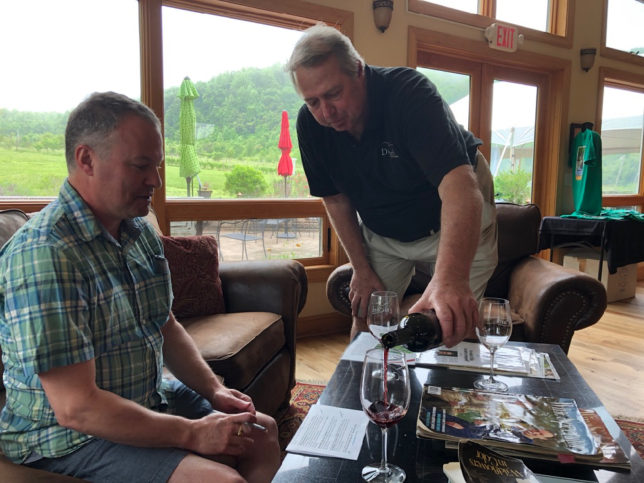
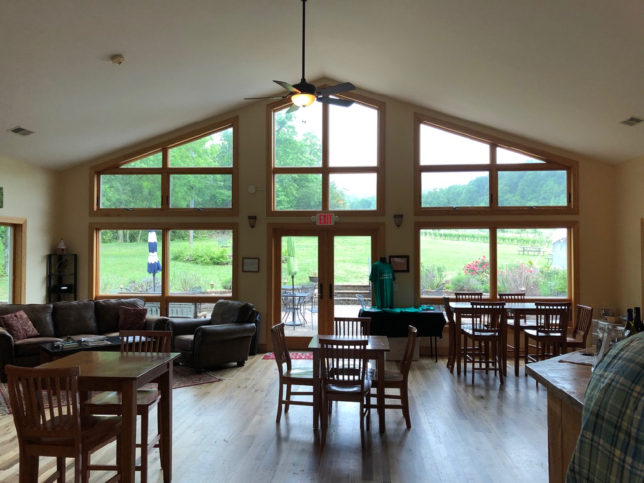
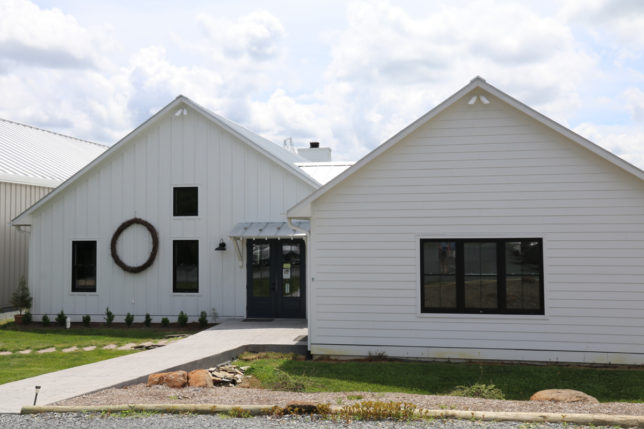
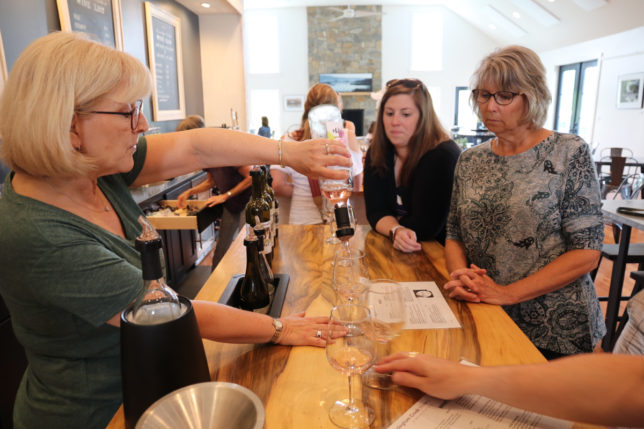
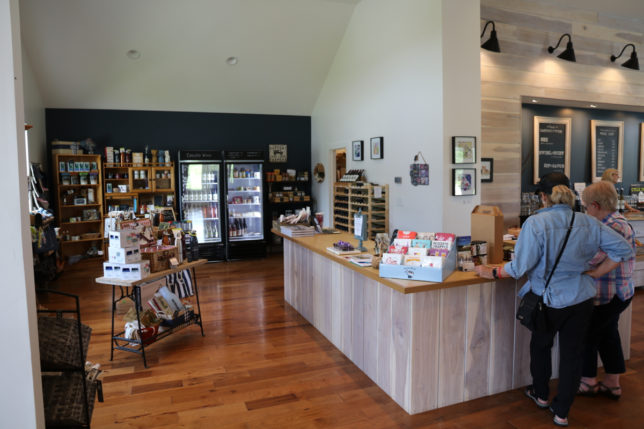
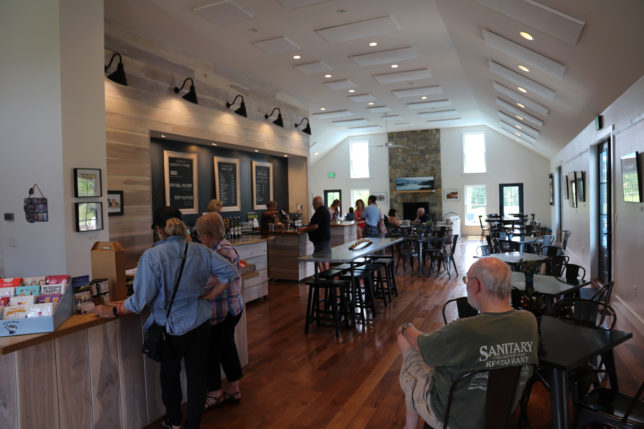
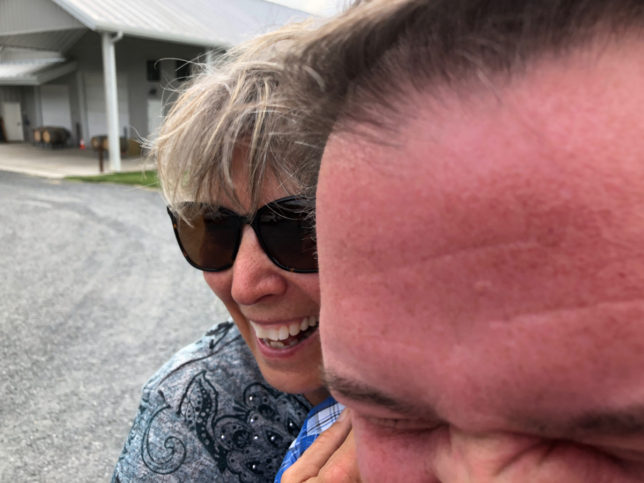
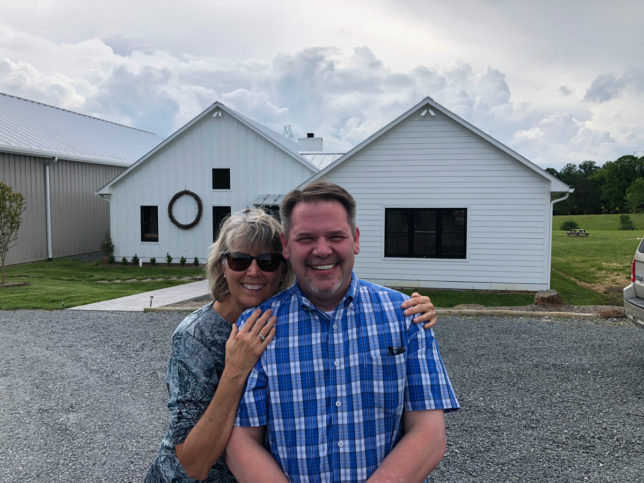
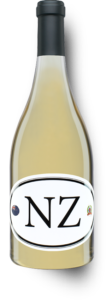
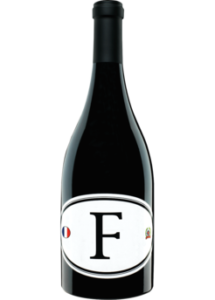 F: France is synonymous with winemaking, and Locations pulls in red grapes from Rhone, Roussillon and Bourdeaux to create this fruit-driven wine. The blend includes Grenache, Syrah, and various Bordeaux varities. Seed berry notes prevailed on the nose complemented by aromas of tobacco and violet. A very berry palate included velvety tannins and a pleasant fruity finish. We enjoyed F with herbed eg of lamb and roasted veggies.
F: France is synonymous with winemaking, and Locations pulls in red grapes from Rhone, Roussillon and Bourdeaux to create this fruit-driven wine. The blend includes Grenache, Syrah, and various Bordeaux varities. Seed berry notes prevailed on the nose complemented by aromas of tobacco and violet. A very berry palate included velvety tannins and a pleasant fruity finish. We enjoyed F with herbed eg of lamb and roasted veggies.